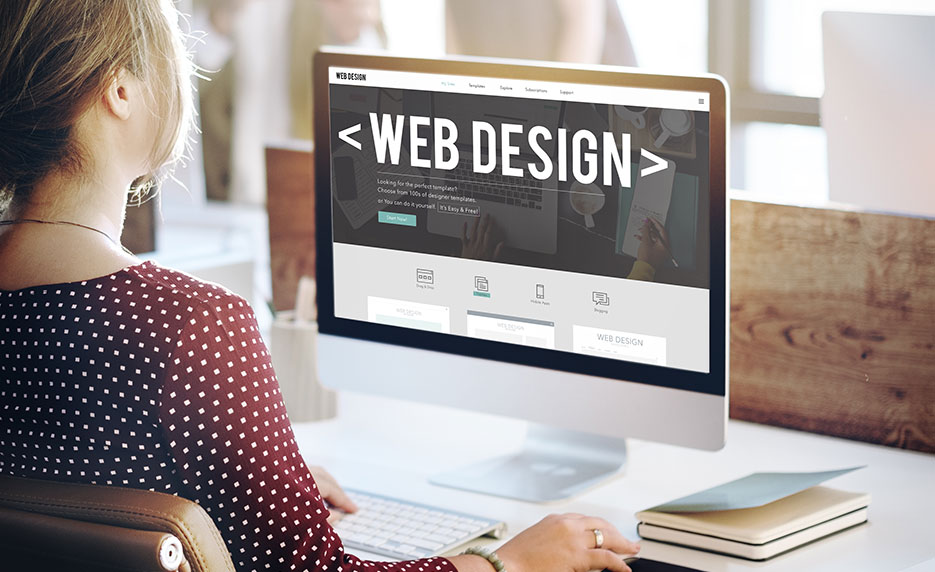Author: Buzzbee60
-

WordPress vs Wix: Which is Better for your Indian Business/Startup in 2025?
You started your new business or Startup in India. Now, you…
-

“The Latest Trends in Website Design”
Website design is constantly evolving, and the latest trends are no…
-

Strategies for Increasing Website Traffic
In this digital age, having a website is essential for any…
-

“The Reasons Why Your Business Needs a Website”
As the internet grows, more and more businesses are realizing the…